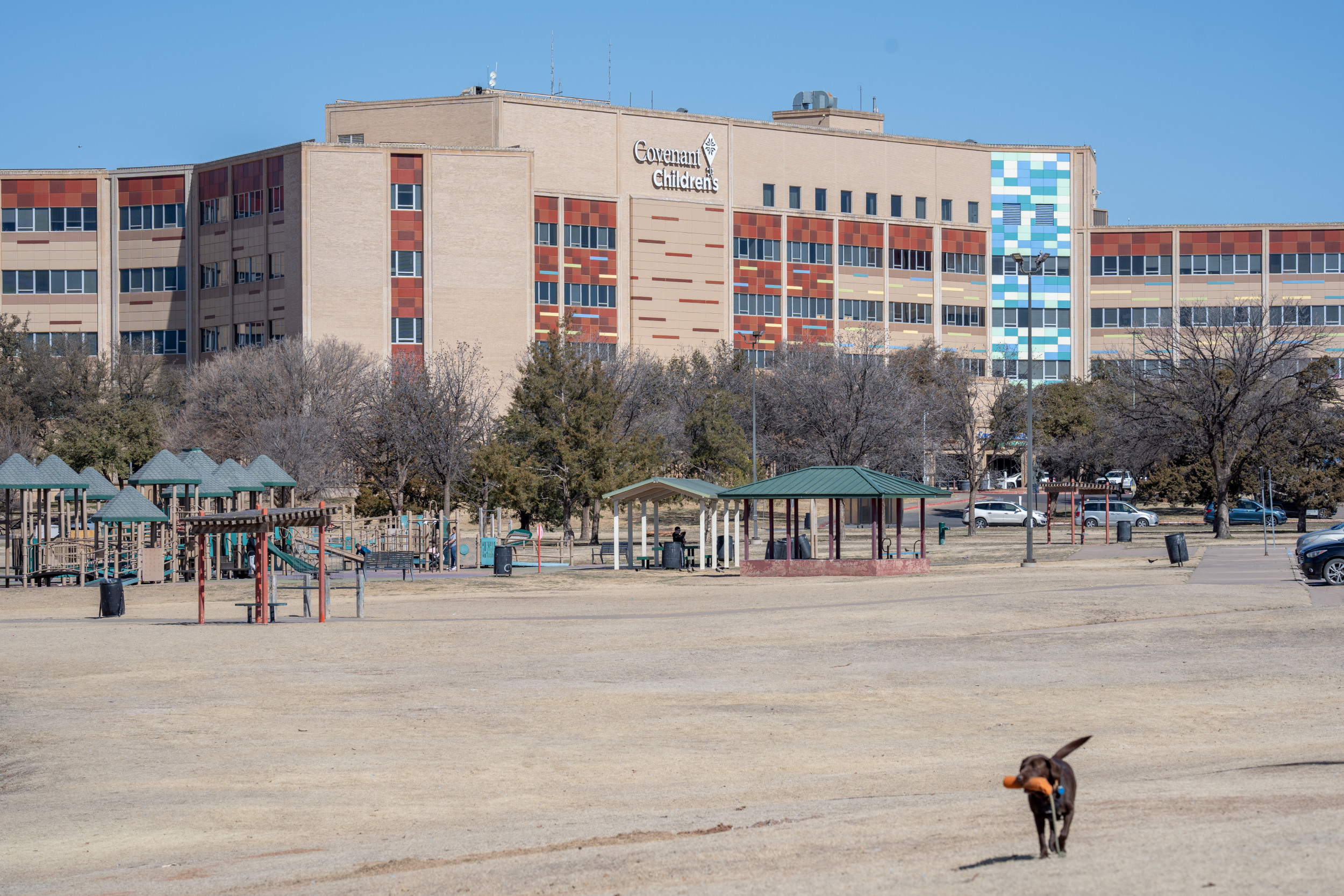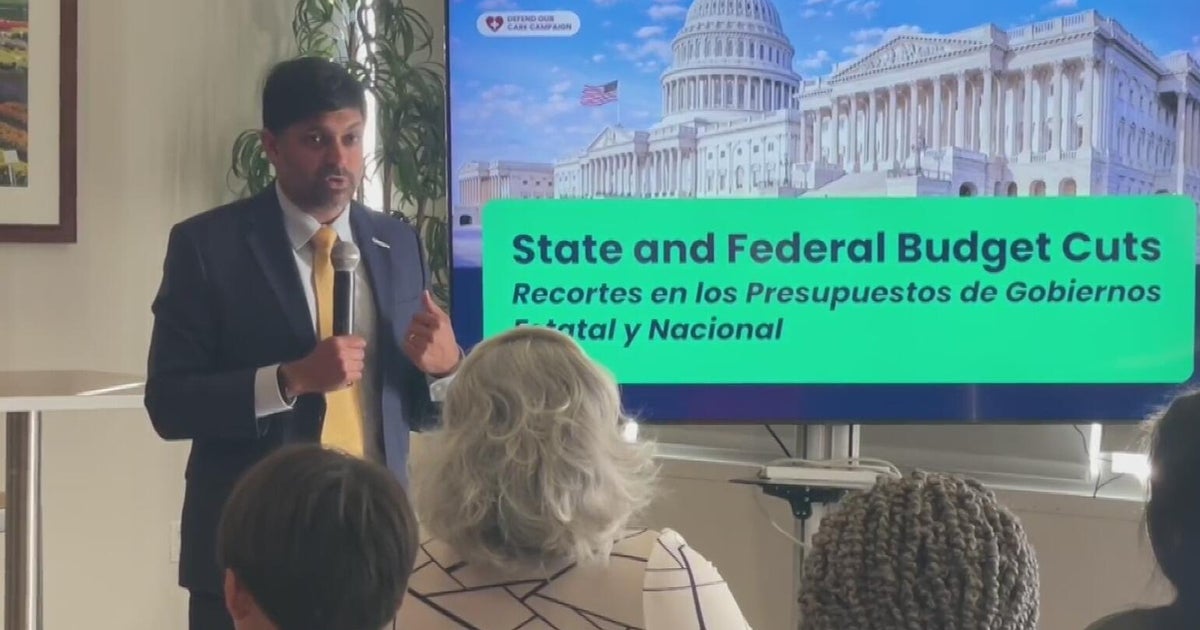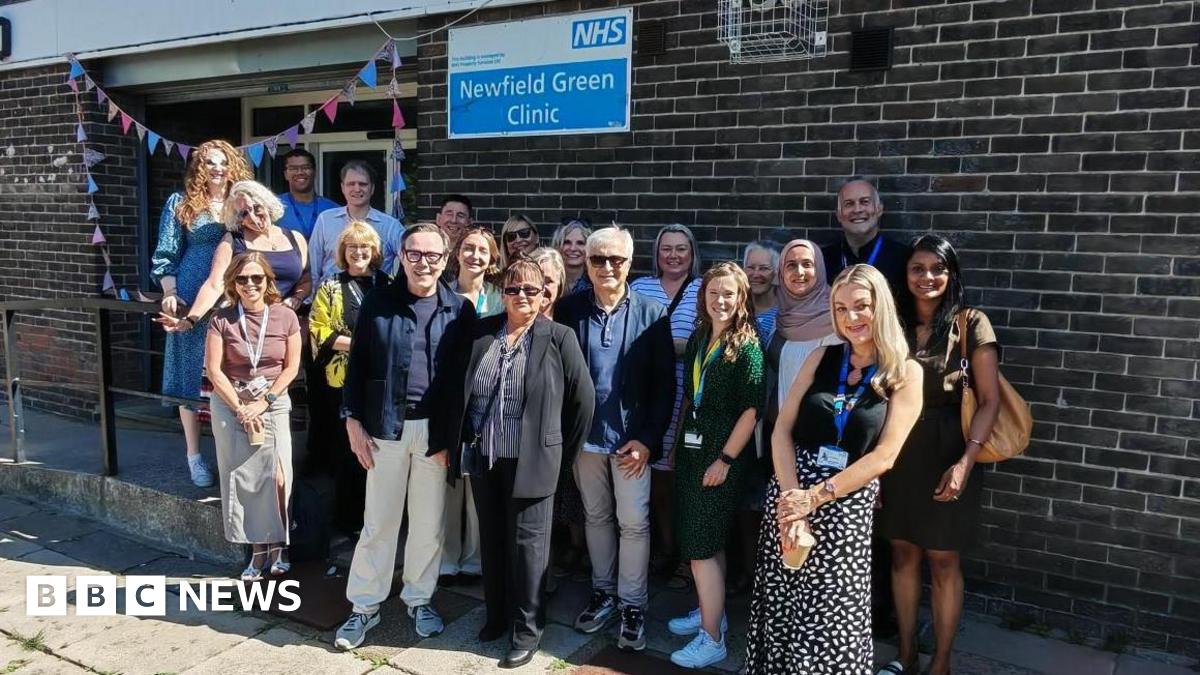Millions Face Healthcare Access Barriers: Report Reveals 'Health Deserts' Across US

A concerning new report highlights a widespread issue across the United States: healthcare access deserts. According to research from GoodRx, a leading health care and prescription price-comparison website, a staggering 81% of U.S. counties – encompassing over 120 million Americans – experience limitations in accessing essential healthcare services. This isn't a uniform problem; these 'health deserts' manifest in various forms, impacting communities in diverse ways.
What Defines a 'Health Desert'?
The term 'health desert' isn't about a complete lack of healthcare. Instead, it signifies areas where residents face significant barriers to obtaining necessary care. These barriers can include:
- Limited Pharmacy Access: Difficulty finding a local pharmacy to fill prescriptions, potentially leading to medication non-adherence and worsened health outcomes.
- Lack of Primary Care Physicians: A shortage of primary care providers means longer wait times for appointments, preventative care gaps, and delayed diagnoses.
- Insufficient Hospital Beds: Limited hospital bed capacity strains existing facilities and can delay access to acute care services during emergencies.
- Absence of Trauma Centers: This is particularly critical in rural areas, where timely access to trauma care can be the difference between life and death following an accident or injury.
- Scarcity of Community Health Centers: Community health centers provide vital, affordable care to underserved populations. Their absence exacerbates health disparities.
The Scope of the Problem
The GoodRx report paints a grim picture. The sheer percentage of counties affected – 81% – underscores the scale of this challenge. The 120 million Americans living in these areas represent a significant portion of the U.S. population, highlighting the widespread impact on individuals and families.
Why Does This Matter?
Limited access to healthcare has profound consequences. It contributes to:
- Worse Health Outcomes: Delayed or absent care leads to poorer health outcomes, increased chronic disease prevalence, and higher mortality rates.
- Health Disparities: Health deserts disproportionately impact low-income communities and rural populations, widening existing health disparities.
- Increased Healthcare Costs: Lack of preventative care often results in more costly emergency room visits and hospitalizations down the line.
Addressing the Crisis
Solving the problem of healthcare deserts requires a multifaceted approach. Potential solutions include:
- Incentivizing Healthcare Professionals: Offering financial incentives and loan repayment programs to attract doctors, nurses, and pharmacists to underserved areas.
- Expanding Telehealth Services: Telehealth can bridge geographical barriers and provide access to specialists for patients in remote locations.
- Investing in Community Health Centers: Increasing funding for community health centers to expand their services and reach.
- Improving Transportation Options: Addressing transportation challenges that prevent people from accessing healthcare facilities.
- Supporting Rural Hospitals: Providing financial and operational support to keep rural hospitals open and serving their communities.
The findings from this GoodRx report serve as a wake-up call. Addressing the issue of healthcare deserts is not just a matter of improving access; it's a matter of ensuring equitable health outcomes and a healthier future for all Americans. Further research and policy initiatives are crucial to tackling this pervasive problem and creating a healthcare system that truly serves everyone.






